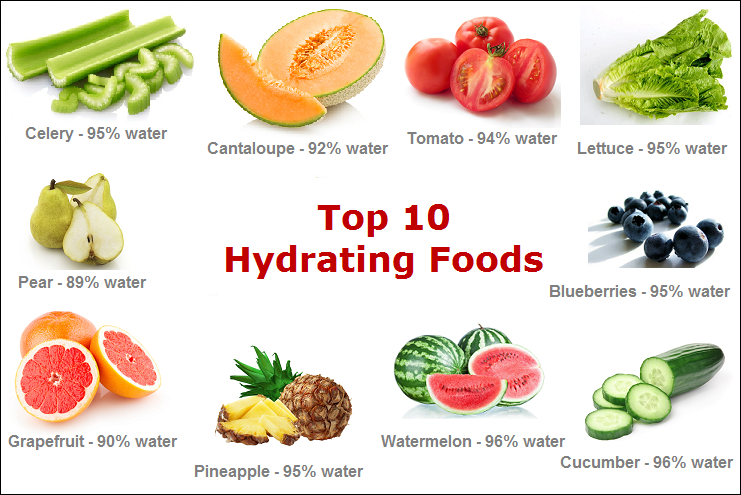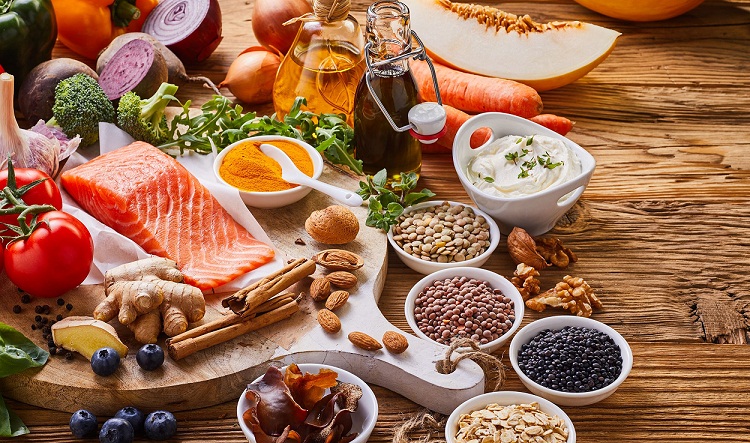Iron-rich foods:
Menstruation can lead to a loss of iron, so it’s important to include iron-rich foods like leafy greens (spinach, kale), legumes (beans, lentils), lean meats, and fortified cereals to replenish iron levels.
Magnesium-rich foods:
Magnesium can help reduce menstrual cramps. Include foods like nuts (almonds, cashews), seeds (pumpkin seeds, flaxseeds), whole grains, and dark chocolate to boost magnesium intake.
Calcium-rich foods:
Calcium can help alleviate mood swings and reduce menstrual discomfort. Consume dairy products (milk, yogurt, and cheese), leafy greens, fortified plant-based milk, and tofu to ensure adequate calcium intake.
Omega-3 fatty acids:
Found in fatty fish (salmon, mackerel), chia seeds, and walnuts, omega-3 fatty acids can help reduce inflammation and relieve menstrual pain.
Vitamin B-rich foods:
Foods rich in vitamin B, such as eggs, legumes, whole grains, and green leafy vegetables, can help maintain energy levels and manage mood swings during menstruation.
Hydrating foods:

Stay hydrated by consuming water-rich foods like fruits (watermelon, oranges), vegetables (cucumbers, celery), and herbal teas. Proper hydration can help alleviate bloating and support overall well-being.

